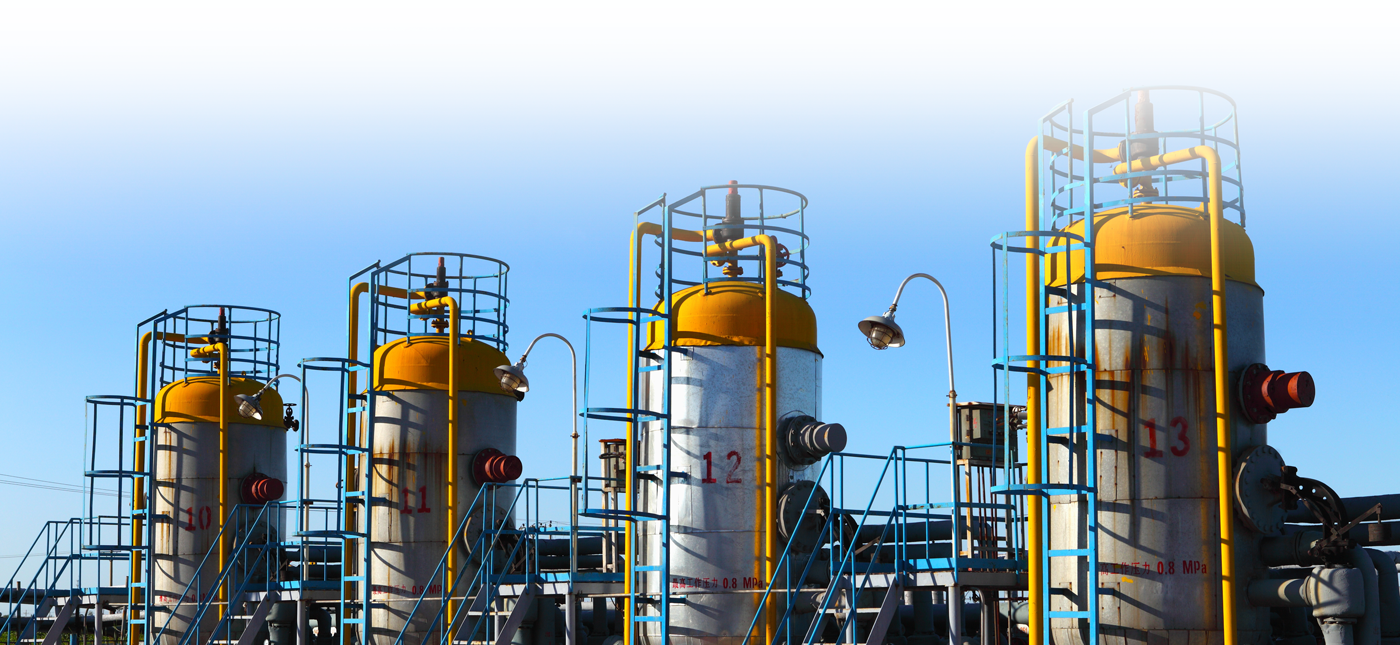Pump Vibration
Control Valve Induced Pipeline Vibrations in a Paper Pump Pumping System
Paper No. 77
A. L. Lewis, F. R. Szenasi and D. R. Roll, 14th International Pump Users Symposium, The Turbomachinery Laboratory, Texas A&M University, Houston, TX, March 1997.
A case history is presented pertaining to piping vibrations in a medium consistency paper pulp pumping system at a large North American integrated pulp and paper mill that ultimately resulted in pipe rupture. The system was designed to transfer pump at 12 percent oven-dry consistency (12 percent fiber-88 percent water by mass) from a washer stage to a storage tower through nearly 700 ft of 20 in diameter pipe. Testing and analyses were performed on the system to diagnose the problem and develop a solution to reduce the piping vibrations and prevent further failures.
Initial tests on the system indicated the piping had pressure pulsations of between 50 psi and 100 psi peak-to-peak which were exerting a shaking force of approximately 15,000 lb to 30,000 lb peak-to-peak at each of seventeen 90 degree elbows in the piping system. The frequencies of the major pressure pulsations were at 1.3 Hz and 3.8 Hz, which corresponds to the one-quarter and three-quarter (closed-open piping system) standing pressure waves in the piping system. These forces produced by the pulsations caused the piping system to respond at the natural frequencies of the pipe and support structure at each section of the pipe system.
Attempts to reduce the amplitudes at the standing wave frequencies with attenuators (valve or shear plates) at the end of the pipeline were not successful due to the nature of the pulp and flow pulsation problems. Some success was achieved by changing the standing wave (acoustic) frequency with the addition of gas to the pulp in order to change the bulk density, but this was deemed an impractical solution.
The problem was diagnosed as an interaction between the control system and the piping system. The source of the pulsation energy was traced to the control valve located immediately downstream of the centrifugal pump. Strouhal vortex shedding frequencies were generated at the exit of the control valve ball which excited acoustic standing waves in this particular piping system and amplified the pressure pulsations. Evidence is presented that shows that the pulsation amplitude was dependent upon the valve ball position and motion; therefore, the valve was removed and an alternate method of system control with a different mechanism was used that eliminated the source of the harmful pulsations.
The authors present application guidelines intended to assist the reader in evaluating pipe system designs for the potential of standing wave excitation. The Strouhal vortex energy from the control valve is discussed. Also, the calculation of acoustic velocity is covered including the effects of temperature, entrained air, and pulp consistency.
Download PDF
